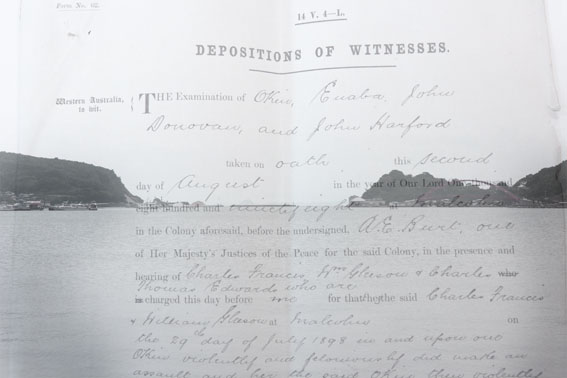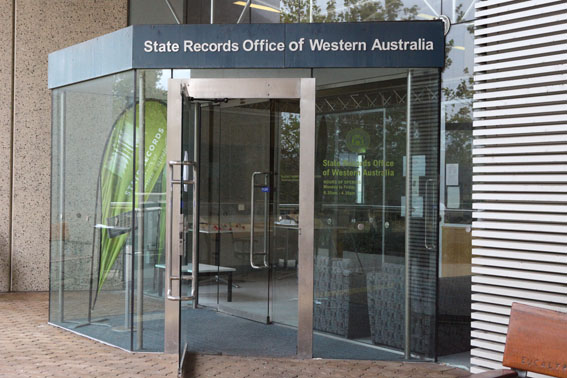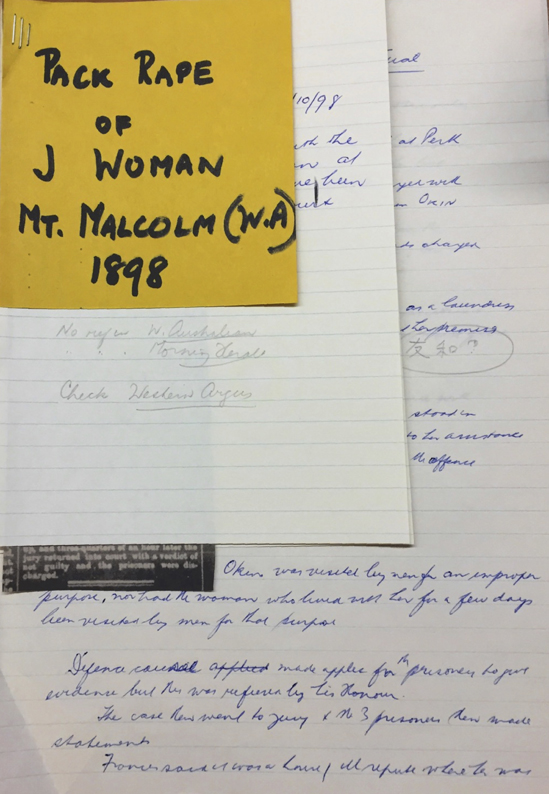In Shimabara, there is a small hill called the Benten-zan, which has a shrine and a temple. The shrine enshrines the Benzaiten goddess, who is the goddess of everything that flows: water, time, words, speech, eloquence, music and extension of knowledge. Her origins are with goddess Saraswati, the Hindu goddess of knowledge, music, arts, wisdom and learning. I thought it apt to pay my respects, as it was in my making of a performance that brought me to this place.

Further up the hill is the Risho-in Taishi-do, a Buddhist temple established in 1895 by Gonsho Hirota. In 1906 Gonsho went on a pilgrimage to India, and whilst on his journey through South East Asia, he met hundreds of karayuki san, many who were born in this area.

At the highest point on the hill is their tennyo-to (could be translated as goddess tower), to enshrine a Buddhist statue he brought back from India. Gonsho built the tower with donations of his followers, many who were karayuki san he met during his travels. Women’s names, the amounts of contributions, and the places they lived, like Singapore, Ipoh, Siberia and Rangoon are inscribed on the stone fence posts surrounding the tower.

It is worth mentioning that karayuki san had sent much of their earnings back to their hometowns. D.C.S. Sissons wrote that Osaka Shimbun newspaper, before WWII, calculated that annual remittances home from Amakusa women exceed 200,000 yen, which went a long way towards covering the import surplus of the region. *
Sissons also wrote that the earnings of karayuki san in Australia was much higher than their counterparts in other countries.* I carefully looked at the 286 stone fence posts to see if I could find contributions from Australia, but couldn’t any. Although many of the engravings in the posts had faded, it is probably because Gonsho did not travel to Australia.

Opposite the tennyo-to, there is a stone monument by Tomoko Yamada, the author of Joshi-gun Aishi: Karayuki, shofu, itokoujo tachi no sei to shi (could be translated as Tragedy: Karayuki, prostititutes and the silk factory women’s sex and death). The monument is dedicated to not only the karayuki san, but also to the Comfort women in Asia.

Many of the books with information about karayuki san I had read at the National Library of Australia during my residency, also had chapters on WWII Comfort women. Writers like Tomoko Yamada, Yoshimi Kaneko, Ill-myon-Kim and others elaborate on the connection between the long history and culture of often state endorsed institutionalized prostitution in Japan and the atrocity of the WWII Comfort women.
There were 8 Buddhist figures surrounding the tennyo-to, each a protecting diety for one or two of the animals on the Chinese zodiac. I slowly walk around the tennyo-to in an almost trance like state, and prayed.
-
* Sissons, D.C.S. (1977) ‘Karayuki‐San: Japanese prostitutes in Australia, 1887–1916— I*’, Historical Studies, 17(68), pp. 323–341. doi: 10.1080/10314617708595555.





